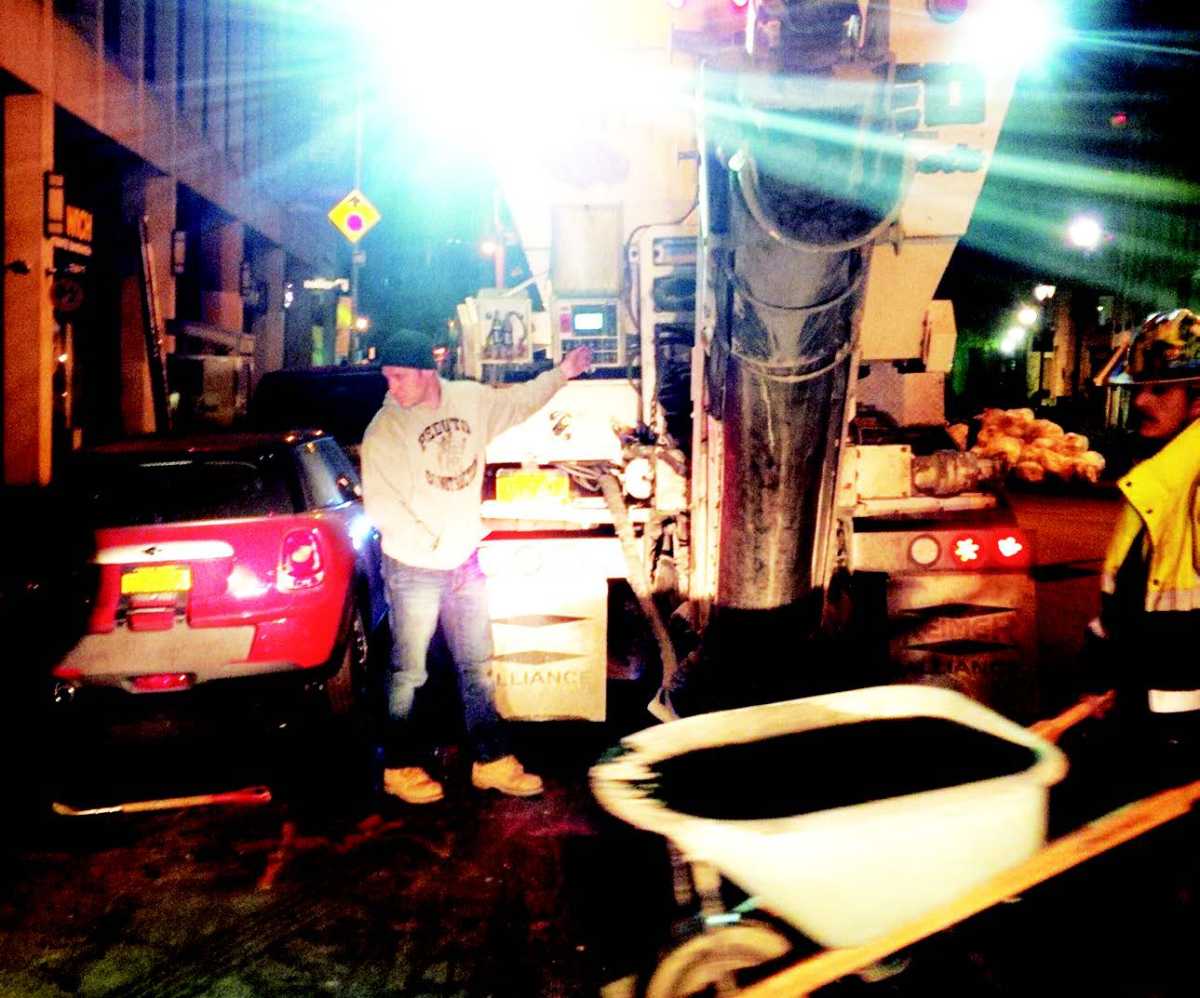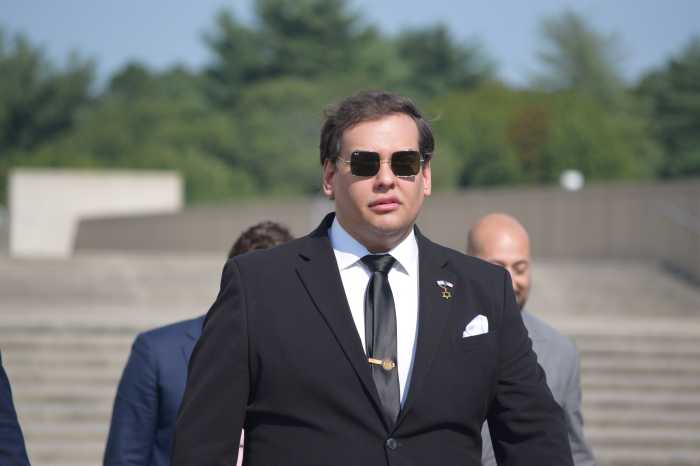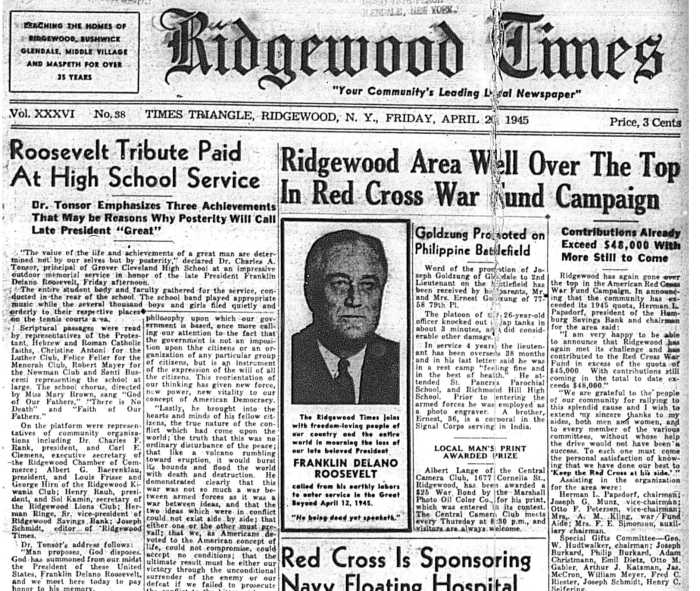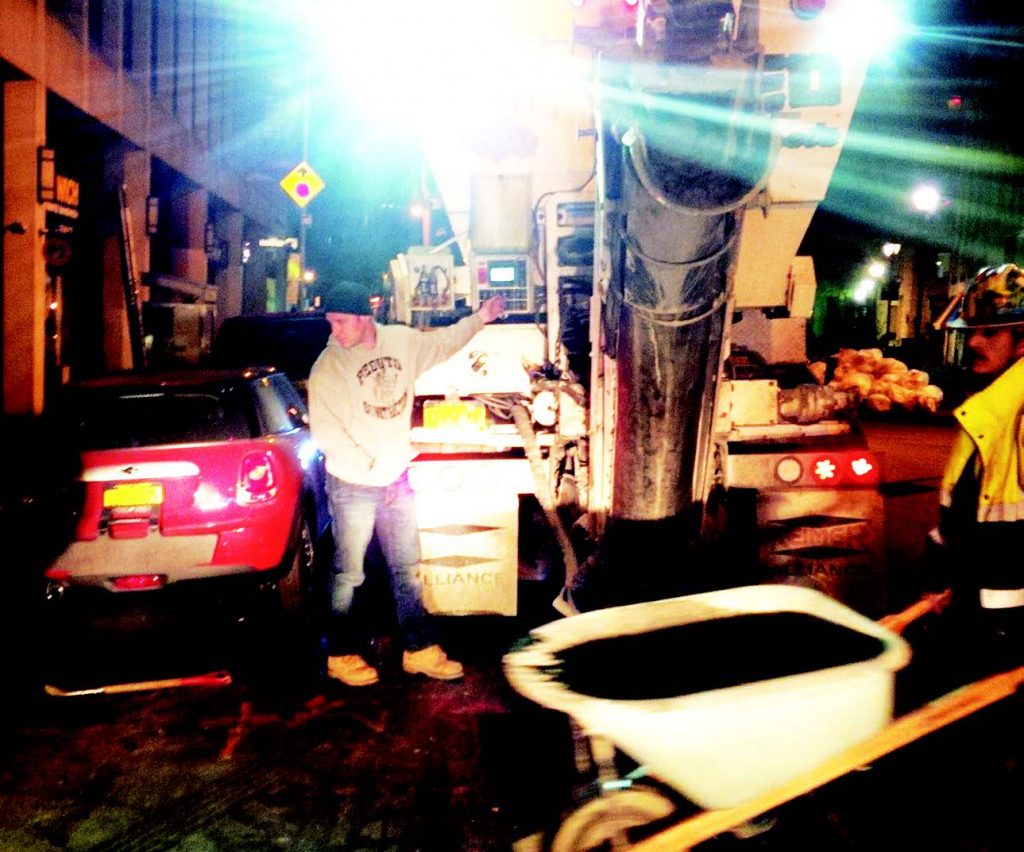
BY GABE HERMAN | Nighttime construction in the city can be maddening for New Yorkers, and the issue has been getting attention lately from city officials.
Weeks after City Council introduced legislation that would limit how often such construction can be done, the Department of Buildings has released an online interactive map that helps residents look up details about night work and whether it is being legally done with an after-hours variance (AHV) permit.
The map can be found at www1.nyc.gov/assets/buildings/html/active-after-hour-variance.
The new feature includes locations of all construction spots across the city with an AHV, which is required for work before 7 a.m. and after 6 p.m., or on the weekend. There are currently over 1,400 locations listed on the site.
The new feature includes links to the DOB’s public database, which has further details about permits, like the days and hours of the permitted work, the type of work, and the reason why after-hours work was allowed.
AHV’s are generally granted if it’s deemed safer or less disruptive to a neighborhood to work on nights or weekends, according to DOB. Examples include work near schools or public spaces, or construction that could cause traffic gridlock during the day.
“This is a new powerful tool that will allow for greater transparency into construction across New York City by allowing New Yorkers the ability to see if construction sites have the proper permits to work after hours,” said Deputy Mayor Laura Anglin. “This sort of transparency gives New Yorkers up-to-date details on construction in their neighborhood, allowing them to report violations in real-time.”
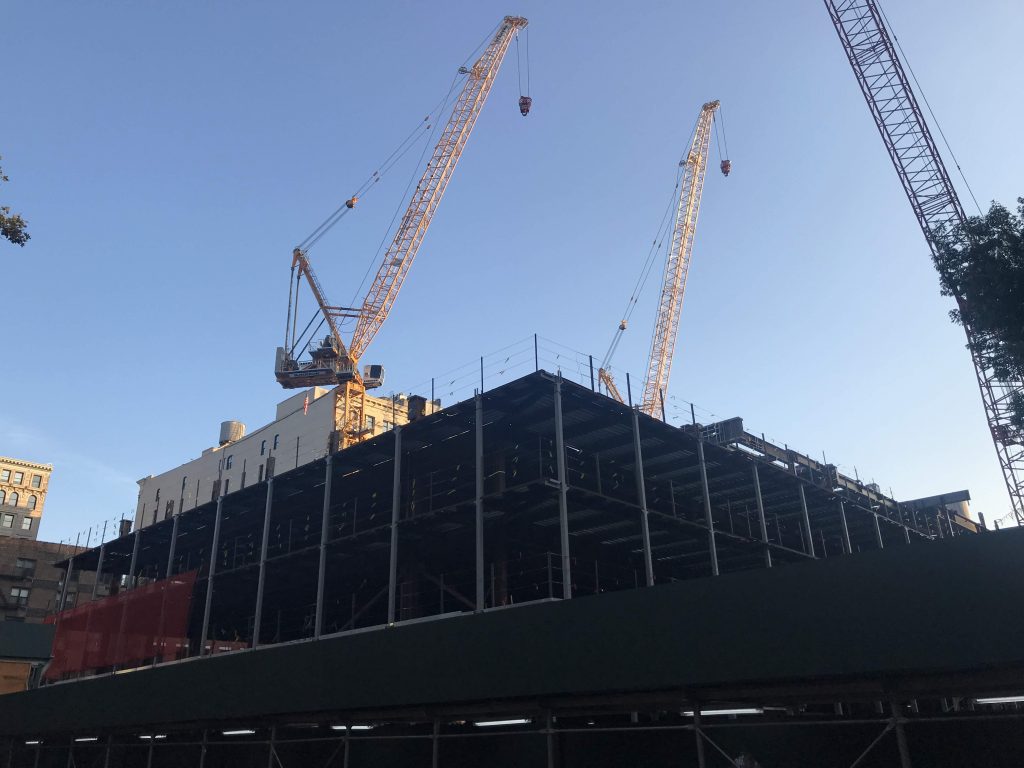
Reports of illegal construction work should be submitted through 311, the DOB said. Last year, over 3,700 such complaints were filed through 311, which were then investigated by the Department’s After Hours Variance Enforcement Unit.
“When the City adopts real-time models to track performance, it not only makes government more responsive to public concerns, it also fosters a culture of accountability,” said Brooklyn Borough President Eric L. Adams. “The After-Hours Variance Map is a powerful new tool that will allow New Yorkers to report violations and be more in-the-know about construction happening in their neighborhood.” Adams applauded DOB and said other city agencies should follow its example.
Along with the new interactive map, DOB will also start releasing weekly reports on AHV permits to local elected officials and community boards throughout the city. The aim is to give relevant data about construction in the district, DOB said, and provide more transparency about the city’s construction.
The chair of Lower Manhattan’s Community Board 3, Alysha Lewis-Coleman, said that DOB has always been a leader in providing access to information online, and that the new map would be very helpful for local residents.
“With this information becoming so transparent, we can focus our time and attention on working to request modifications where necessary and to be better able to keep DOB informed of local conditions,” said Lewis-Coleman. “The weekly AHV reports will allow community boards to be more proactive and better equipped to respond to community issues.”



